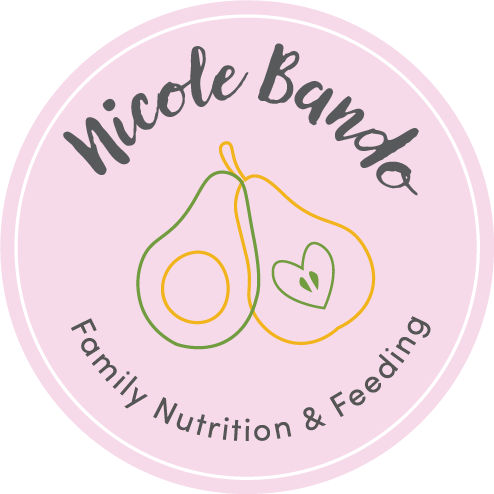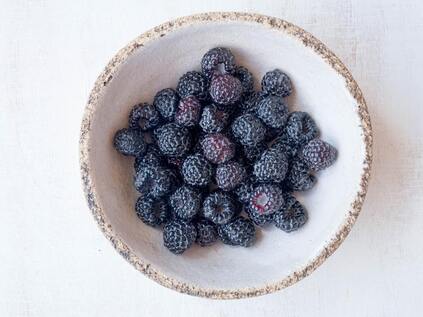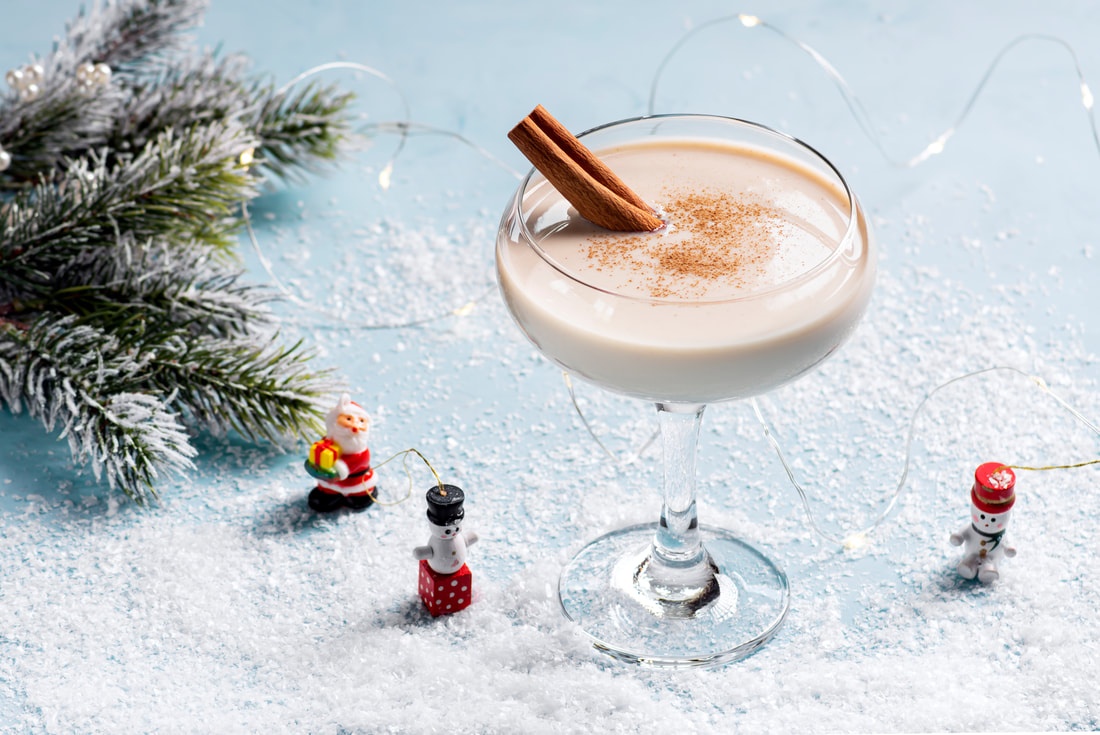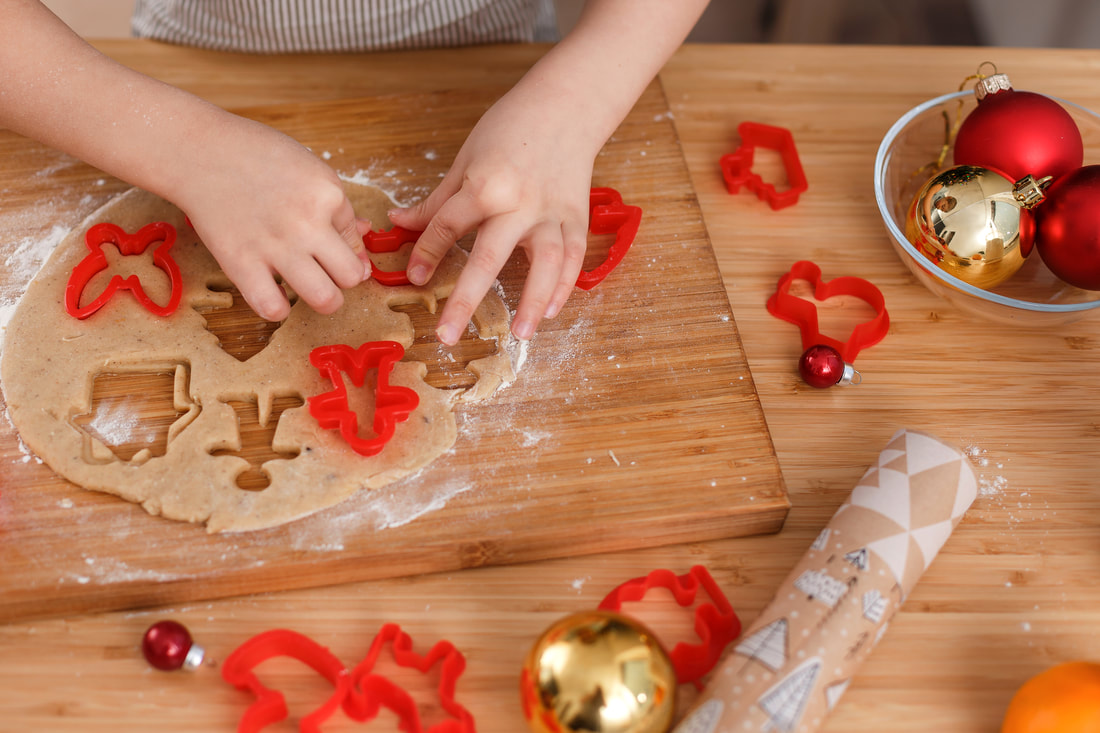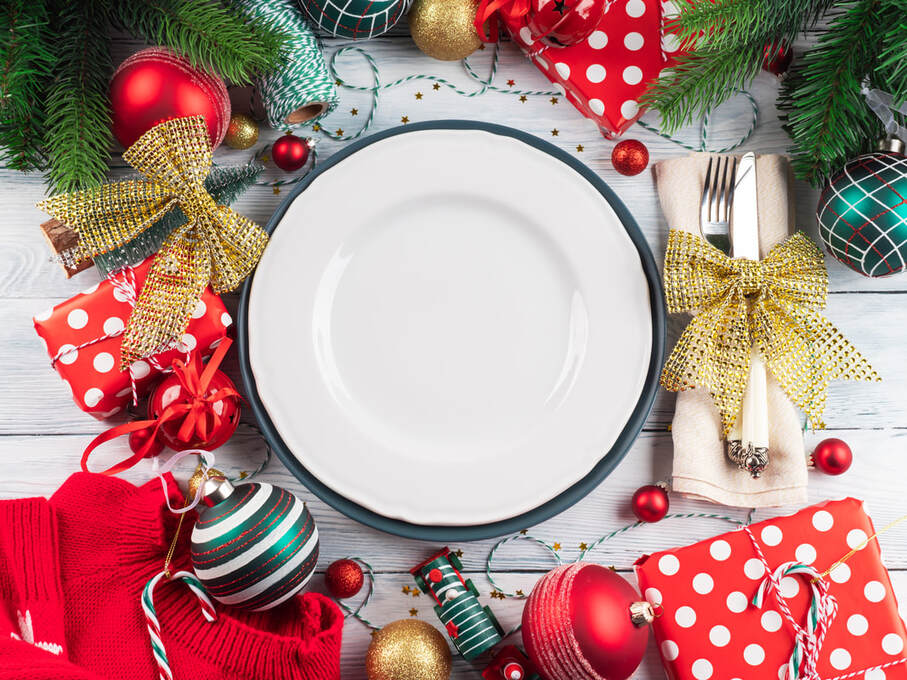
Many people worry that eating too much on Christmas day will ruin their health goals, however some perspective can help. It is one day of the year, and is meant to be enjoyed, so don’t worry about your activity goals or healthy eating habits for this day. One day will not break the healthy habits you have created for yourself. It is only if these habits carry through for days and weeks that our health can be impacted.
Are you catering for Christmas Day and feeling overwhelmed by the task and dietary requirements?
We recommend following our easy structure for the perfect Christmas spread:
1. 2x Protein: Meat e.g. Beef, chicken, ham or turkey. This can be barbequed or roasted depending on what is easiest for you.
A great vegetarian or vegan option is a mushroom wellington, whole roasted cauliflower with tahini sauce or a vegetable lasagne.
2. 2-3x Vegetables (make this the rainbow – use different vegetables with different colours).-
Starch: No Christmas spread is complete without roasted potatoes, pumpkin or sweet potato. Chop roughly, place in a baking tray with garlic, rosemary, salt, pepper and a generous drizzle of olive oil. Roast for about 40 minutes for crispy goodness.
Greens: Steamed green beans with a drizzle of lemon and olive oil and seasoned with salt and pepper are simple & fresh. Or Brussel sprouts pan-fried with some coconut oil.
Steamed carrots with a sprinkle of cinnamon & roasted almonds (if no allergies)
Note that all these vegetable dishes are gluten, dairy and egg free.
1-2x Salads
Examples include:
- A fresh garden salad with lots of green leaves, tomatoes, cucumber, carrots, and olives can be delicious. Add a simple dressing made from olive oil, mustard, lemon juice, and vinegar for extra flavour.
- Pulse salad e.g. lentil salad with baby beetroot and spinach is a hearty protein option for vegans/vegetarians.
3. Bread: good quality sourdough or wholegrain breads are great options. Gluten free brands include Helga’s and GF Precinct.
4. 1-2x Desserts –
Why not try our smoothie popsicles, great for kids, the recipe can be found here:
https://www.nicolebando.com/articles/allergy-friendly-party-food
Pair dessert with a fruit platter using fresh, in-season fruits such as cherries, raspberries, strawberries, pineapple and mango. Why not try our orange yoghurt dip as a fresh accompaniment to the fruit.
We hope that this structure makes catering for Christmas a little easier so you can spend more time enjoying Christmas with the ones you love.
By Emma McShane, Dietitian, December 2022
